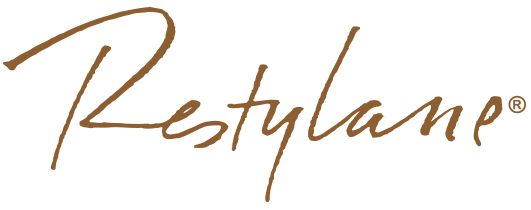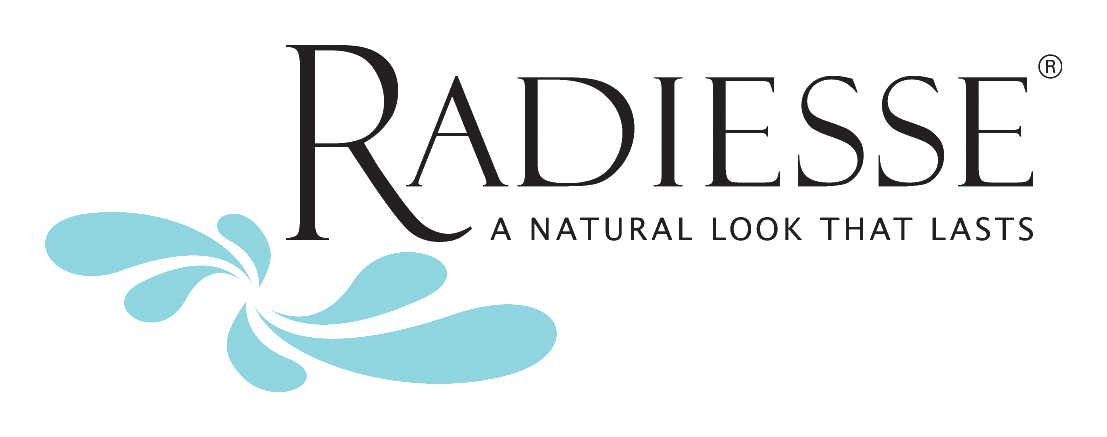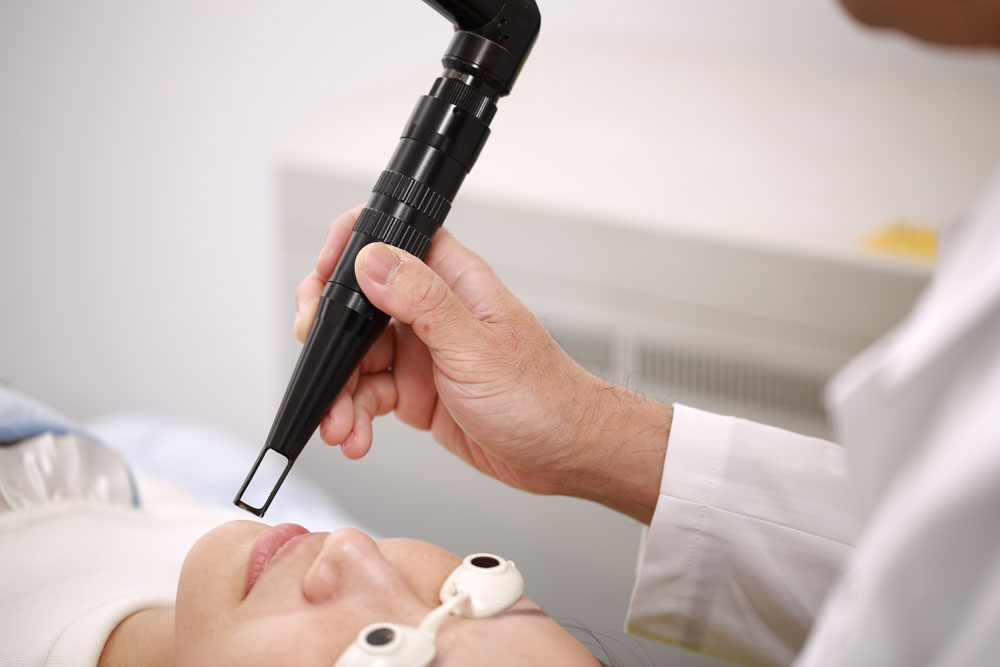Surgical Concept
The skin is a comprehensive representation of the interaction among factors such as individual genetics, age, health, nutrition, metabolism, and life; therefore, striking a balance among such factors is critical to keep a youthful skin. Nevertheless, modern people generally have a complex life routine and diet habits, and if there is no time for skin care in normal days, many minute skin problems will gradually exacerbate with aging, ultimately leading to coarse and dark skin, spots of irregular shades, pigmentation and coarse pores, increased fine lines or even laxity, and other prolonged cumulative problems. If patients do not pay attention and seek treatment earlier, these problems will finally result in irreversible aging. Therefore, maintaining and identifying the improvement of various problems early and even achieving the results of freezing aging or delayed aging underlies the primary objective why patients select micro-plastic injections and skin cosmetics.
Many skin problems arise with the passage of time, and they are frequently varied and complex. For example, skin darkening, yellowing, spots, fine lines, and even laxity may appear on the face at the same time. Therefore, patients will undergo treatment in a step-by-step manner and should complete the entire course with patience and try to avoid interruption or withdrawal at the halfway point as the treatment results will be noticed over time. Treatment choices are determined in light of individual skin characteristics (such as dry or oily skin), elasticity, tightness, and abundance of collagen. For primary or mild spots and pore problems, whole face phototherapy (such as deep pulsed light or skin purification laser) is considered to radically alleviate skin problems after repeating the treatment for 4–6 times and avoid continual worsening that makes further treatment more difficult. However, if skin problems aggravate after some time or give rise to color spots, plaques, wrinkles, and deep pores, besides basic phototherapy, daily care drugs need to be applied or micro-plastic treatments such as rhytidectomy injection will be conducted, which constitute composite cocktail treatment, to achieve significant and stable improvement results. In the end, if the patient’s skin has become aged or appears loose and cannot be improved by superficial skin treatment, deeper sound wave facelift or electric wave facelift and other skin tightening treatments are considered to restore the tightness and elasticity of the skin. Nevertheless, regardless of any of the aforementioned skin treatment, patients should avoid wearing heavy makeup, smoking, alcohol, and spicy food and lead a normal life to attain optimal results complementary to the treatment.
Besides the improvement of skin conditions, nonsurgical micro-plastic injections with similar surgical rhytidectomy or tightening results are popular among beauty-loving patients. In particular, the advances in biotechnology in recent years have enabled an increasing number of injectable and rhytidectomy injections to be legally and extensively applied for medical cosmetics, which not only demonstrate obviously elevated safety but also mostly present satisfactory results. Currently, these injection treatments can be divided into three categories. Category A comprises contour and soft tissue fillers, which aim to improve the appearance of the ear, nose, and throat or increase the thickness of tissues, and common agents include hyaluronic acid, Radiesse, Aquamid, or collagen. Category B is targeted for the treatment of smiling and dynamic wrinkles, namely wrinkle smoothing or rhytidectomy, which employs the widely known botulinum toxin type A (Botox). Category C is targeted to recover skin elasticity and tightening, stimulating the reproduction of collagen at the bottom of the skin via injections to regain the tight and lift effects of loose or atrophic skin. The injection currently recognized with distinct effects and that is widely used is 3D poly-L-lactic acid (also called Sculptra). All these injections have their individual specificity and indications, and Dr. Chuang gives treatment advice for each stage based on patient conditions and requirements. Moreover, all products used in our clinic are approved by the Ministry of Health and Welfare and are legally imported by domestic agents; no smuggled injections from unknown sources are used to safeguard the rights, benefits, and safety of consumers.
Treatment Characteristics
Safe and diversified micro-invasive injections
Micro-invasive injections belong to percutaneous injectable filling treatments, so physicians should fully understand the treatment objective, characteristics, and depth of injection of various fillers to completely handle the treatment outcomes and guarantee patient safety. Considering his abundant experience in plastic surgeries, Dr. Chuang is familiar with the facial skeletal and skin structure and can therefore accurately evaluate the appropriate recipient site and range of each injection. This not only fully unleashes the effects of the reagents and fillers but also helps sustain the results. In light of various facial esthetic problems, Dr. Chuang usually provides the following treatment approaches:
Facial injectable augmentation
This treatment is aimed to make the bony structures stereoscopic and fill the defects of soft tissues. Based on the contents, it is classified into injections at the bone (such as the nose or chin) and skin (such as depressions at the cheek, nasolabial folds, or temples). It is performed by administering a proper dose of filler appropriate for different parts into the subcutaneous layer of the skin to fill the depression of the affected site or enhance the skeletal contour. Considering the selection of the injection, the characteristics of the injection site and objectives will be factored in. For example, to augment the nasal bridge or chin, it is better to use Radiesse, which is tough and highly moldable, to sculpt bone-like three-dimensional effects; for the correction of the delicate parts of soft tissue, such as the tear-through groove, inferior eyelash margin (youthlines), nasolabial folds, lips, or depressed scars, low molecular weight hyaluronic acid (such as Restylene or Perlane) is injected into the dermal layer to avoid subcutaneous masses or unexpected proliferation as well as other complications. For large-area augmentation, such as of cheeks or temples, high molecular weight hyaluronic acid (Sub-Q) is used, which provides better skin support and also decreases the injection dose and costs. Before, these fillers could generally only sustain the results for 6–12 months. To obtain prolonged and stable results, patients should consider the long-acting Aquamid, whose properties and texture are similar to those of hyaluronic acid but whose effects last for more than 4–6 years.
Collagen regeneration and supplement
The aim of this treatment is to directly stimulate the proliferation of subcutaneous collagen by the injection of reagents to flesh up the depressed or atrophic skin due to degeneration of collagen and restore the original elasticity and tightness. Optional injections are animal collagen and 3D poly-L-lactic acid. Commercially available collagen injections are primarily cultured from cow or pig skins and incur allergy, rejection, premature absorption, and other unexpected problems when applied to humans. Besides, as they are only able to supplement collagen but unable to stimulate collagen proliferation, collagen injections are not preferred for long-term treatment or maintenance. Another injection, 3D poly-L-lactic acids, developed in recent years has large injection doses capable of naturally stimulating human collagen proliferation and also accommodates skin thickening and tightening; in view of this it is also called liquid or injectable lift. Generally, patients may need to undergo three sessions of injections to sustain the results for approximately 1–2 years, and its long-term use is more physiologically and economically acceptable. Therefore, it has gradually replaced collagen injections in recent years.
Anti-wrinkle injections
Facial wrinkles typically appear as a result of looseness from aging or facial expression compression. They can be classified into dynamic wrinkles (also called expression creases developing during facial expressions) and static fine lines (present without expression). Prolonged or persistent dynamic wrinkles give rise to static creases, which should therefore be taken into account during treatment. The primary medication against dynamic wrinkles (such as crow’s feet, forehead and frowning wrinkles) is botulinum toxin type A (Botox). When given by the standard dose and formulation, each injection sustains the results for 6 months. Regular multiple injections suppress the contraction of muscles of expression in the long run, which gradually reduces the subsequent dosage and costs. However, if deep static wrinkles develop at the affected area (such as forehead tiger or kitten wrinkle or nasolabial folds), obvious depression or lines are visible even without making facial expressions, so the results of a single Botox injection are generally indistinct, and the concurrent subcutaneous filler injection like hyaluronic acid should be considered to fill the depressed wrinkles. This two-pronged approach completely smooths the wrinkles.
Muscular volume reduction
Clostridium botulinum (Botox) injected at a small dose removes the dynamic wrinkles on the superficial layer of the skin, while a deep injection of a large dose causes temporary atrophy and shrinkage of the muscle; therefore, it is frequently used for patients with a broad or square face or for the treatment of calf hypertrophy. This method is mainly indicated for patients unwilling to undergo facial bone reduction. Dr. Chuang will inject a high concentration of Botox into the hypertrophic masseter muscle at the mandible angle to alleviate muscular hypertrophy because of its potency in relaxing the muscles, thus sculpting a slim face. This principle is also applicable to thin shanks as Botox blocks the neural receptors of the calf muscles to make them relaxed and atrophic, thus achieving temporary results of improving calf hypertrophy.
The aforementioned injections all incur drug diffusion, altered expression, myasthenia, or inflammation and infection and mostly only deliver temporary results and are unable to replace the stable and prolonged results of plastic surgeries. Therefore, patients should fully communicate with their physician prior to the injection to explain their desires. Moreover, Dr. Chuang will also verify with the patient the source and legality of various injections prior to administration to guarantee the consumers’ right to be informed.
Laser And Phototherapy For Skin Rejuvenation
The facial skin is composed of seven layers from the superficial epidermis to the deepest fat layer, so skin problems are complex and comprehensive and are usually not completely improved via a single treatment. Therefore, the physician must make good use of the performance of various phototherapy devices for treatment at different layers and time sequences and will observe patient response to previous treatment at all times during the course and adjust the corresponding energy to fully unleash the efficacy of phototherapy. If necessary, auxiliary enhancement by other devices or skin medication will be added at any time, which is the primary concept of cocktail phototherapy. Currently targeting different skin problems, WiSH clinic offers various treatment strategies and devices, which are as follows:
Intensive pulsed light
Developed a long time ago, intensive pulsed light (IPL) treatment commands an irreplaceable role in skin management as it is able to comprehensively improve various skin conditions. Its working mechanism is by lightening and shrinking spots and pores at the surface of the skin via large-area and homogenous heating lights. It presents significant effects against superficial spots (such as speckles or sunburns), with a clearance rate of up to 70–80%, while demonstrating a clearance rate of only 30–50% in the treatment of melasma (such as malar patches or chloasma). However, it is less likely to cause a skin darkening side effect like ordinary laser treatment and is much safer. In addition, the heat of pulsed light reaches the dermis and is able to stimulate pore shrinkage and collagen proliferation after the gradual accumulation of energy to help restore skin elasticity and hydration, making the skin tighter and lighter. The advantages of intensive pulsed light treatment are that it can be applied to the whole face to simultaneously make the spots pale, whiten the skin, even out the skin tone and shrinking pores, leaving no wounds or scars except temporary redness and swelling, and not requiring time for recovery. Therefore, it is suitable for patients who concurrently want skin treatment and maintenance. Certain courses are taken before showing obvious and stable results, generally once a month for a total of six sessions.
Skin toning laser
Skin toning laser treatment is mainly targeted at rough pores and pigmented skin, effectively lowering the incidence of pore clogging or inflammation and promoting the metabolism of the stratum corneum of the epidermis, thus realizing the ultimate effects of skin purification. Dr. Chuang utilizes a 1064-nm Nd:YAG laser combined with nanometer carbon powder for medical purposes. It spreads carbon powder on the patient’s face and will evenly permeate into the periphery of the pores and follicles. A high-energy laser excitation wavelength is then applied to enable the carbon particles to rapidly shrink the pores at the thermal bursts, making the skin smooth and delicate and decrease grease secretion to facilitate future care and maintenance. This laser treatment does not leave scars on the face; therefore, like the intensive pulsed laser, it does not necessitate time for recovery. It is indicated for patients with oily skin and rough pores. It requires 4–6 sessions to attain relatively stable and lasting results and is performed once every 3–4 weeks.
Spot removal laser
This laser treatment is primarily aimed to remove various skin moles, pigmented spots, pigmentation patches, tattoos, and deep spots (such as melasma, malar patches, or chloasma). It utilizes a 1064-nm Nd:YAG laser but gives out deeper and stronger energy than the skin purification laser; therefore, it causes temporary skin damage and wounds at the affected area, which take approximately 5–7 days to scab and slough away and approximately 1 month to regain the normal skin color. This treatment has the rapid and obvious effects of removing freckles and commonly only requires 1-2 applications to remove a majority of the deep spots or pigments, but its disadvantages are that sunscreen lotion or protective bands should be worn over the affected area for 3 months postoperatively to insulate against ultraviolet irradiation; otherwise, it causes complications such as a darkening reaction or re-pigmentation.
Cocktail skin therapy
Modern people are too busy to care about their skin, which, coupled with insufficient sleeping or irregular diet, makes original mild skin problems complex and tricky, and these problems cannot be comprehensively improved via a single phototherapy device or micro-invasive injections. For severe skin problems, patients need to try different courses of skin treatment to achieve positive results; however, these are frequently time consuming, futile, and expensive and even leave people with negative impressions or make them reject the treatments. To facilitate patients to achieve expected results within a short time period, Dr. Chuang designs and offers hybrid cocktail skin treatment. It comprises the essence of various phototherapy devices and micro-invasive injections, starting from fundamental spot lightening and skin whitening by the intensive pulsed light and skin toning laser to expedite pore shrinkage and then to the deep layer 3D poly-L-lactic acid injection for collagen regeneration or botoxin (Botox) injection to correct complex skin problems from the whole layers and attain simultaneous spot lightening and tight skin as soon as possible. If required, customized treatment courses of the spot removal laser or Ultherapy facelift are added at any time to provide consumers individualized and flexible services and present a one-stop skin cosmetic treatment.
Cocktail skin treatment is indicated for patients with severe and complex skin complications such as spots of uneven shades, non-homogeneous pigments, large pores, wrinkles, and skin laxity. The entire course lasts for approximately 6 months, and patients need to return to clinics every 3–4 weeks for different treatments. This management not only enables patients to enjoy the both the results of micro-invasive injections and skin phototherapy in one course but also allows the discussion and adjustment of treatment items or contents in light of previous treatment responses, which is the best option to rapidly improve complex skin problems within a short time period.
Skin treatments should be based on the condition of each patient in order to safely improve the problems.






